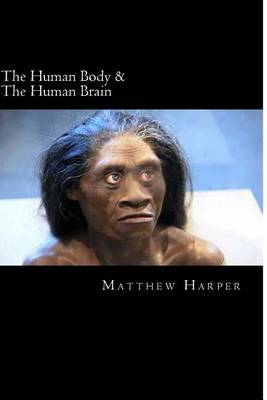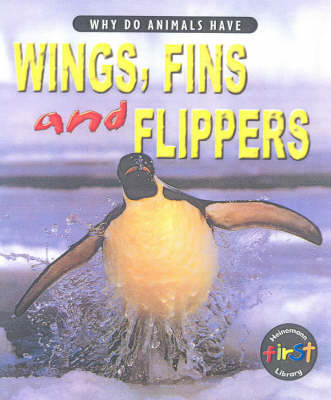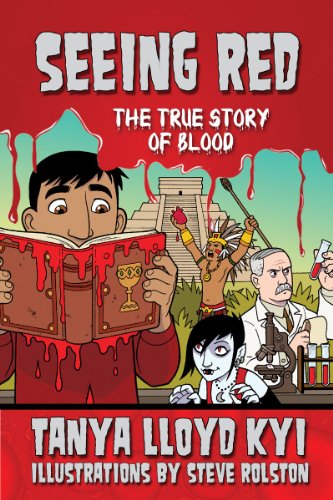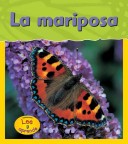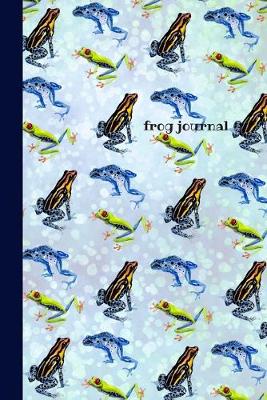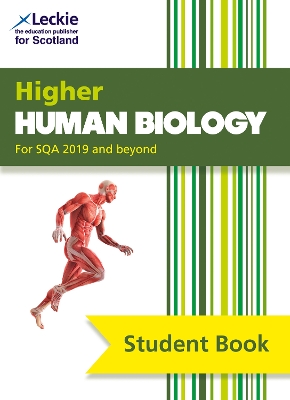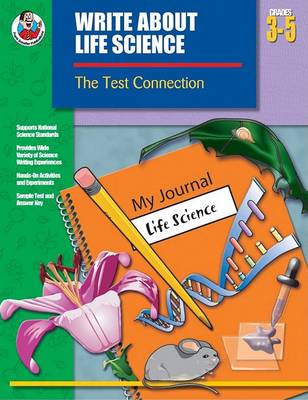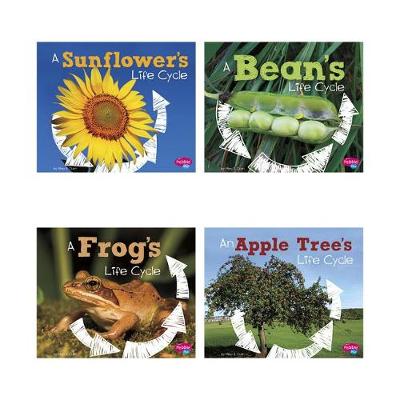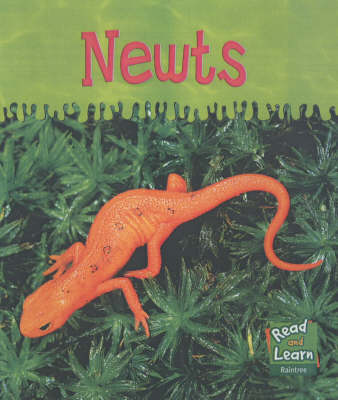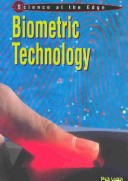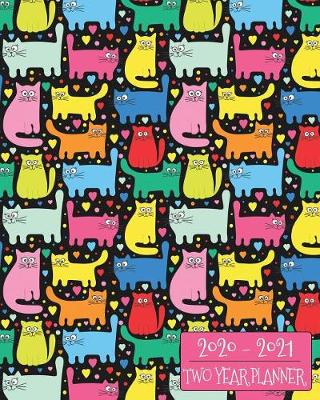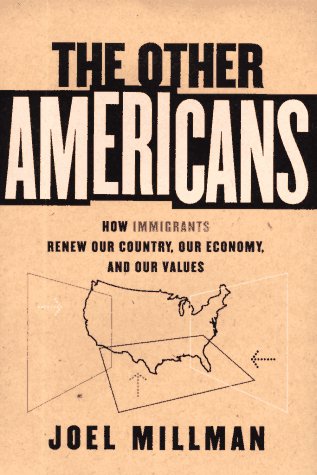Bug Books Pack E of 2
Key Stage 1 work on life processes should be related to pupils' knowledge of animals in the local environment. Children should understand that animals move, feed, grow, use their senses and reproduce; that living things can be grouped according to observable similarities and differences; and that there are different kinds of animals in the local environment. This look at tarantulas and black widows focus on minibeasts. They cover size, appearance, birth and reproduction, growth, feeding, predato...
Medical Care and Public Health (Studies in British social & economic history)
by Alastair McIntosh Gray
This source book aims to provide material for assessment and coursework as a back-up to normal classroom teaching. Drawing on such sources as paintings and film stills, memoirs, speeches and fictional reconstructions, the text examines the role of medicine in the 19th century.
This book has been designed for A and S level biology students and has been revised to take account of the latest syllabus changes. Among a wide range of topics covered are genetics, evolution, ecology and conservation. The chapter on genetic engineering has been updated, as have the statistics throughout.
Looks at life cycles of familiar animals and plants. Encourages readers to predict what happens next. Clear diagrams aid understanding.
Why do Animals Have Wings & Fins Paperback
Have you ever wondered why some animals have a tail, or scales, or a huge nose ? And do you know why some animals have eyes on stalks, or ears that can swivel, or a sticky tongue ? Read the "Why Do Animals Have" books to find the answers and lots more besides. This series reveals the incredible diversity of the external parts of animals. It also looks at why they are so different, exploring how the animals have adapted to the environment, and how we can group living things according to similarit...
English Sheepdogs (Checkerboard Animal Library: Dogs)
by Stuart A Kallen
Higher Human Biology (Leckie Student Book)
by Billy Dickson and Graham Moffat
Exam Board: SQA Level: Higher Subject: Human Biology First Teaching: 2018, First Exam: 2019 The Higher Human Biology Student Book helps teachers and students map their route through the CfE programme, providing comprehensive and authoritative guidance for the course. Full coverage of the new Higher course specifications with list of learning intentionsAttractive layout with clea...
Write about Life Science, Grades 3-5 (Write about Science)
by Deirdre Englehart
Newts (Read & Learn: Ooey-gooey Animals S.) (Ooey-Gooey Animals)
by Lola M Schaefer
"Read and Learn" is a collection of non-fiction books that helps young readers discover and understand the world around them,and provides a bridge from the Foundation Stage into Key Stage 1. "Ooey-gooey Animals" introduces six different animals that have a combination of features that are both fascinating and repellent to many small children. It explores the life processes of each animal, including movement, feeding, growth and reproduction and the environment in which they live. Chapter heading...
Saltwater Crocodile: Giant Reptile (World's Biggest Animals)
by Natalie Humphrey
Readers learn about plant parts at an accessible reading level for young readers. This series supports Key Stage 1 curruiculum topics related to the parts of plants, covering content such as what a plant needs to grow, what the plant part's job is in survival and special ways plants adapt and grow.
This series investigates scientific developments and theories that give rise to popular and widespread interest, concern and controversy. Each book looks at a different source of controversy and: - introduces the personalities and interest groups - features details of the development or discovery - explains the underlying science and techniques - reviews the issues and opinions involved - uses a variety of examples and evidence
2020-2021 Two Year Planner (Pretty Perfect Planner, #1) (Dog Lovers Perfect Planner, #1)
by New Nomads Press
Introduces pond life through the seasons by looking at the insects, mammals, birds, and flowers that live in and around ponds.

